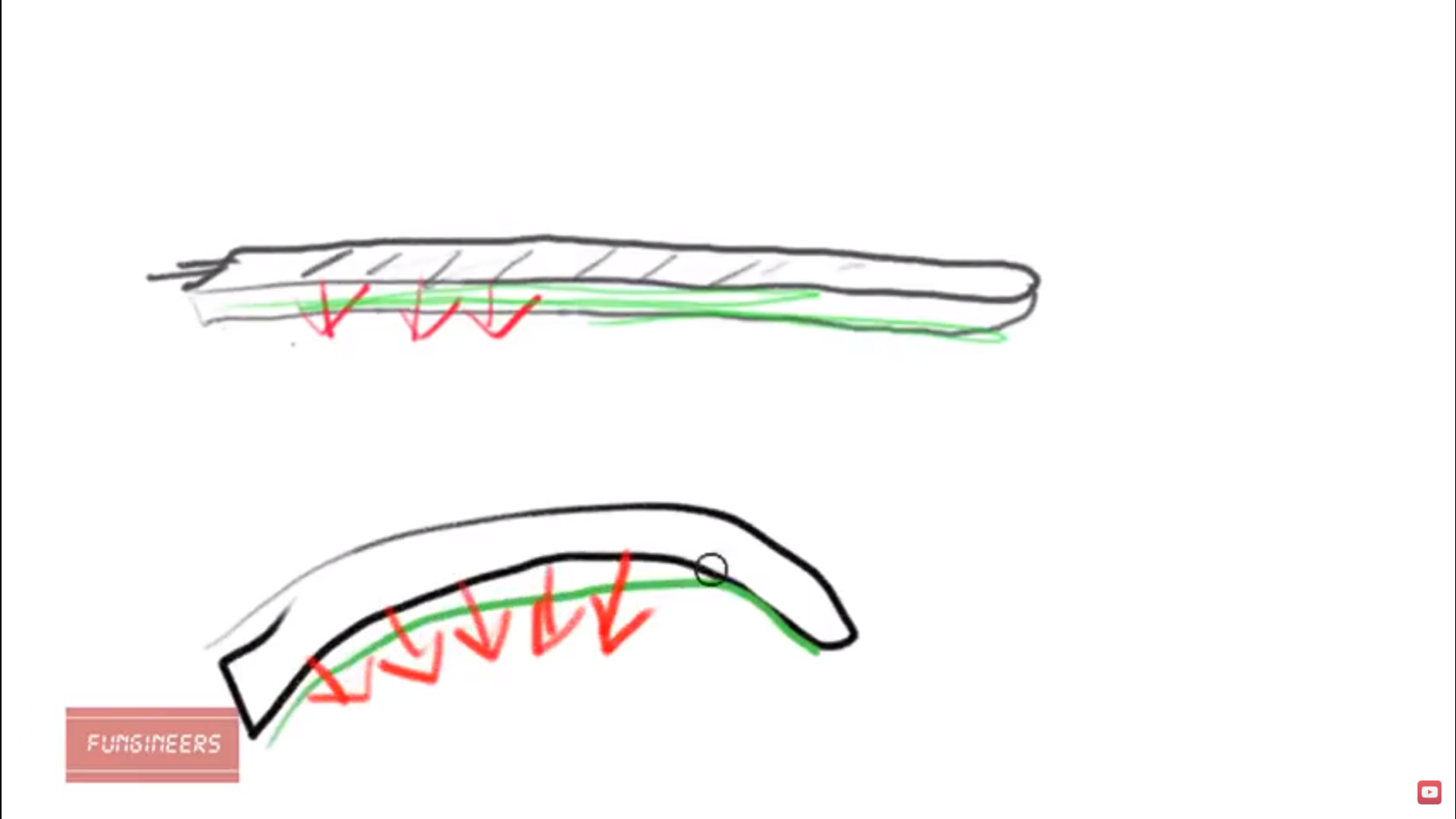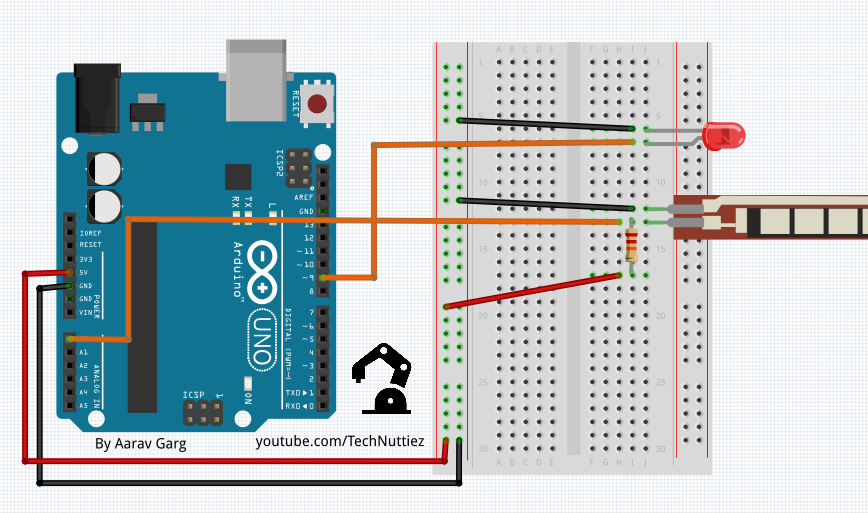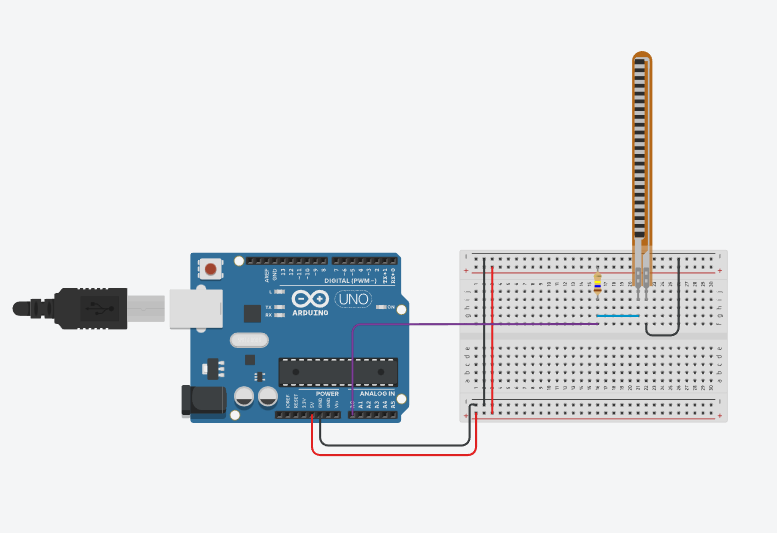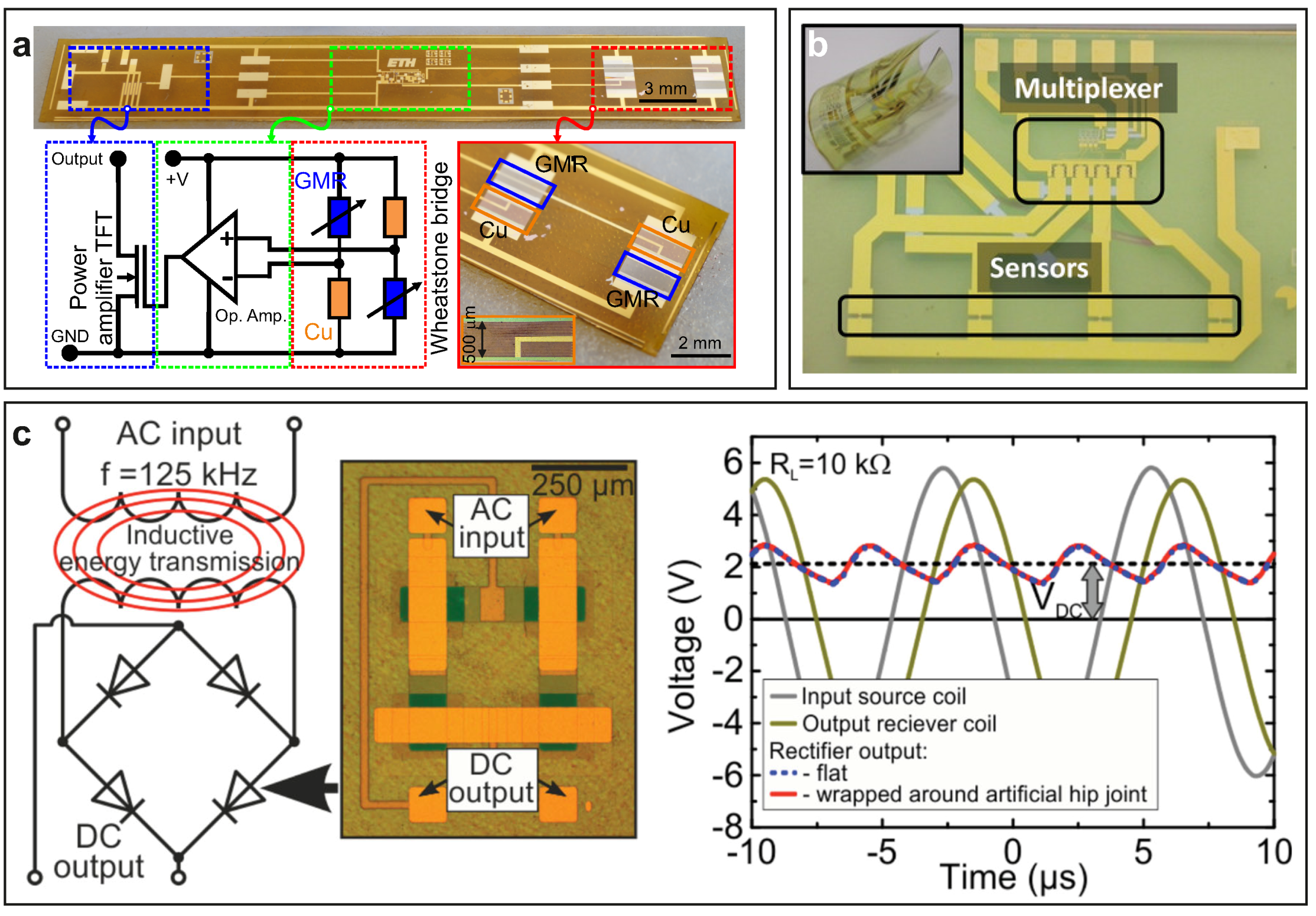Easy Tutorial Flex Sensors With Arduino 4 Steps Circuit Diagram The development of wearable sensor devices brings significant benefits to patients by offering real-time healthcare via wireless body area networks (WBANs). These wearable devices have gained significant traction due to advantageous features, including their lightweight nature, comfortable feel, stretchability, flexibility, low power consumption, and cost-effectiveness. Wearable devices play a The review is expected to become a key reference point for works related to smart wearable devices using soft sensors. Graphical abstract. Download: Download high-res image (288KB) Download The later sections of this review focus mainly on data processing and analysis models in wearable applications using flexible sensors. More specifically

Using this method, we successfully built a hand gesture recognition machine learning model out of Velostat pressure-sensitive conductive sheets. Dedicated and use-specific flex sensors do exist, but they are more costly. The flex sensor is able to identify and predict finger position relative to the other fingers, and classify accordingly. In the loop() function, it reads the analog value from the flex sensor using analogRead(). It converts the analog value to a voltage using the formula: voltage = flexValue * (5.0 / 1023.0). It calculates the resistance of the flex sensor using the voltage divider formula: resistance = FLAT_RESISTANCE * (5.0 / voltage - 1.0).

The Progress of Research into Flexible Sensors in the Field of Smart ... Circuit Diagram
Application of the strain-based flexible sensor in smart wearables: (a) a schematic diagram of electron transport at the crack edge in a crack-flexible strain sensor ; (b) a wearable graphene fabric strain sensor for the detection of various human motions ; (c) injection of graphene nano-powders into transparent adhesive pads to fabricate

Moreover, the use of piezoresistive fabric opens up possibilities for creating more comfortable and flexible wearable technology. Traditional sensors and electronics can be rigid and uncomfortable

Trends in Flexible Sensing Technology in Smart Wearable ... Circuit Diagram
Flexible sensors are revolutionizing our lives as a key component of intelligent wearables. Their pliability, stretchability, and diverse designs enable foldable and portable devices while enhancing comfort and convenience. Advances in materials science have provided numerous options for creating flexible sensors. The core of their application in areas like electronic skin, health medical This review provides an overview of the current state-of-the-art of the emerging field of flexible multifunctional sensors for wearable and robotic applications. In these application sectors, there is a demand for high sensitivity, accuracy, reproducibility, mechanical flexibility, and low cost. The ability to empower robots and future Gesture-Controlled Devices: Use flex sensors to build a glove that controls a robotic hand or triggers actions based on finger movements. Wearable Fitness Trackers: Measure body posture or joint movements for fitness or rehabilitation applications. Interactive Gaming: Integrate flex sensors into gaming controllers for enhanced user interaction.
